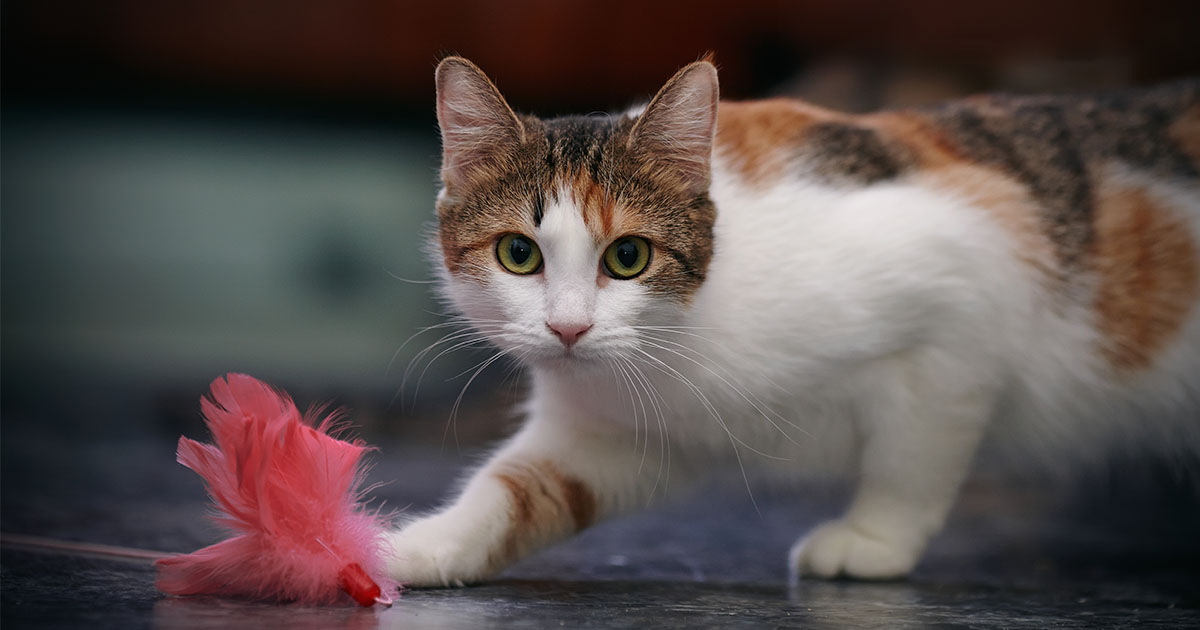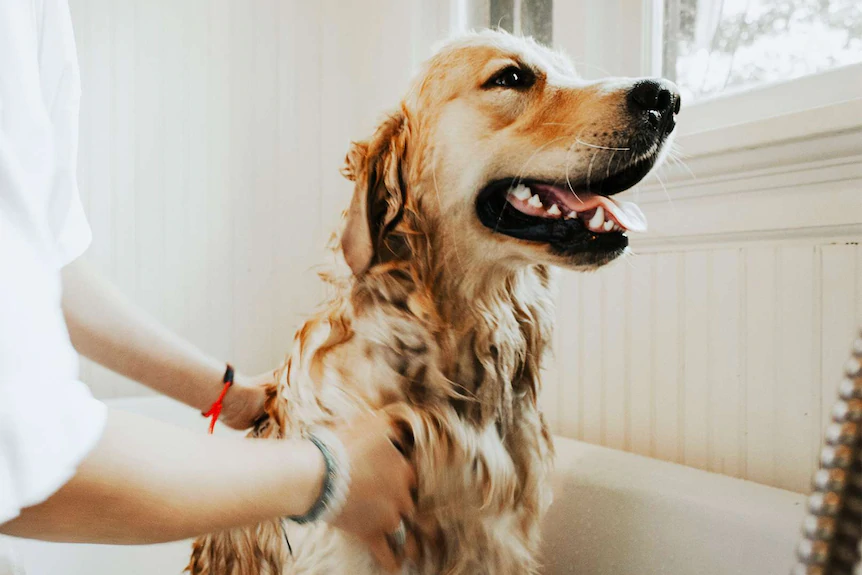Cats have recently been on the tail-end of bad press, with recent research finding roaming pet cats kill 390 million animals per year in Australia. Most of them are native species.
To protect our native wildlife, who never evolved with such an efficient predator, it’s imperative we keep our cats contained – all day, every day.
In Australia, Canberra leads the way in introducing initiatives such as “cat curfews”, and rangers can seize free-roaming cats in declared areas with infringement notices of up to A$1,500. It’s likely this will be followed in other places as local government authorities become more proactive.
Some people will think measures like these are draconian. But keeping cats inside can actually be in the best interests of the cat, as well as the environment.
Outdoor cats die sooner
Cats live substantially longer, safer lives if environmental dangers of free-roaming are eliminated. An exclusively inside (or contained outside) life precludes the chance of many common and important causes of life-threatening trauma.
The most significant risk is being injured or killed by a vehicle, especially for young cats who haven’t learned the dangers of traffic.
Other animals can prey on cats. Dogs are the most common risk, and your local vet can testify to the horrendous injuries cats suffer when they’re bailed up by dogs. Venomous snakes, monitor lizards, urban foxes and dingoes also put cats in danger. Tick paralysis is also a risk in some areas.
Cats, especially sexually intact males, are territorially aggressive and fight among themselves. And cats that fight are commonly infected by the feline immunodeficiency virus which can spread, along with other viral and bacterial pathogens, through the transfer of blood during fighting.
What’s more, free-roaming cats who catch mice and rats that have eaten poison baits can become poisoned secondarily. Other things are also toxic to cats, such as lilies and anti-freeze, and some cats are maliciously poisoned.
But is denying cats ‘the outside’ also cruel?
The bottom line is most cats can be totally happy living indoors – but owners need to put in the effort to provide for their environmental and behavioural needs.
But a 2019 survey with more than 12,000 respondents found many Australian cat owners are not adequately providing for their indoor cats, especially when it comes to toileting and feeding.
This may lead to a range of health and welfare issues, such as obesity and related diseases, behavioural problems and urinary tract disorders.
For example, cats are very fastidious when it comes to toileting, so you need to give them nice clean litter trays (they don’t want to use a place they think another cat has soiled). Cats don’t like to eat near their toilet, so separate their litter trays and feeding area in different rooms. They also need choice, so more than one litter tray is required.
Welfare problems can also arise if indoor cats cannot satiate specific natural desires and behaviours.
For example, cats love to climb and jump, and they like to sharpen their nails. You need to provide the opportunity to perform these activities indoors with a range of cat furniture.
Here’s a list of simple ways (taken from a larger study) you can make inside a happy place for your cat, even if you live in a small apartment.
Cleanliness and eating habits
- have one litter tray per cat, plus one (for instance, three litter trays for two cats), in different locations, in quiet areas of the house. Clay litter is best. Scoop out faeces and urine soiled litter on at least a twice-daily basis and change the whole tray once a week. Have one litter tray covered (for privacy) and the other open – cats like variety
- regular grooming with your cat’s favourite grooming brush is fun and feels like a massage. It’s good for the coat and prevents hairballs and matted fur
- consider providing some natural food such as raw chicken drum sticks. Raw meat requires chewing, massaging the gums and provides cats with a sense of possession. Some cats will even “kill” the drumstick by banging it on the ground a few times before eating. Nothing settles a cat more than knocking off a drumstick.
Setting up the space
- cats need vertical space more than horizontal space. So consider a ladder or other objects to let them climb to the top of a wardrobe or the fridge. Use cat furniture which expands vertical space
- cats like windows so they can check out what’s happening outside. Have stands located so they can look out
- cats love multiple points of safety and seclusion. Set up several cat baskets lined with a soft blanket or igloos, and ideally at different heights (for example, a few at ground level and one nice and high – maybe on top of a wardrobe)
- cats have a higher thermoneutral temperature than dogs and people, so they seek out warm places. Place some baskets in the sun, or a basket in front of the heater
- have good border security. Windows need fly screens to keep cats inside. If not, the “high rise syndrome” – where cats drop from a height of two or more stories – can lead to severe injuries. Front doors need automatic closing mechanisms to stop cats getting outside
- provide cat with scratching towers for exercise, and to satiate its desire to sharpen its claws. Vertical and horizontal scratching surfaces should be provided. Better here than on the good furniture
- consider installing a modular pet park (outdoor cat enclosures) or similar contained outdoor setup, which gives the cat an outdoor experience but without risks.
Keep them entertained
- the ideal number of cats is usually one or two. Having two littermates is often ideal, as they are more likely get on and keep each other company when you’re not at home. A single cat will usually just sleep while you’re away and look forward to you coming home. Three or more cats are not recommended as they do not invariably get along which can cause more health and welfare issues
- cat toys can provide fun and exercise, and they don’t need to be expensive. A ping pong ball is cheap. Scrunched up paper is very popular. Cat exercise wheels are costly, but can be a lot of fun and provide good exercise
- puzzle feeders that hide food are also a fun toy for curious cats and can recreate the hunting behaviour of searching for food
- give generously of your time a couple of times a day to pet and play with your cat
- some cats like to watch TV. There are special videos on YouTube for a cat audience showing movements, such as of birds and fish, which cats can find mesmerising and entertaining.
More details can be found here, here and here, using resources developed by the RSPCA to help any cat owner optimise their indoor environment to maximise their pet’s health and welfare.


